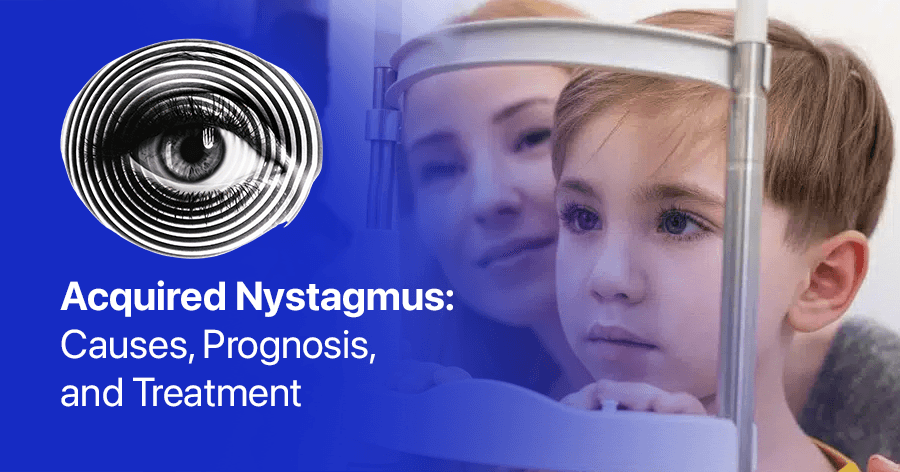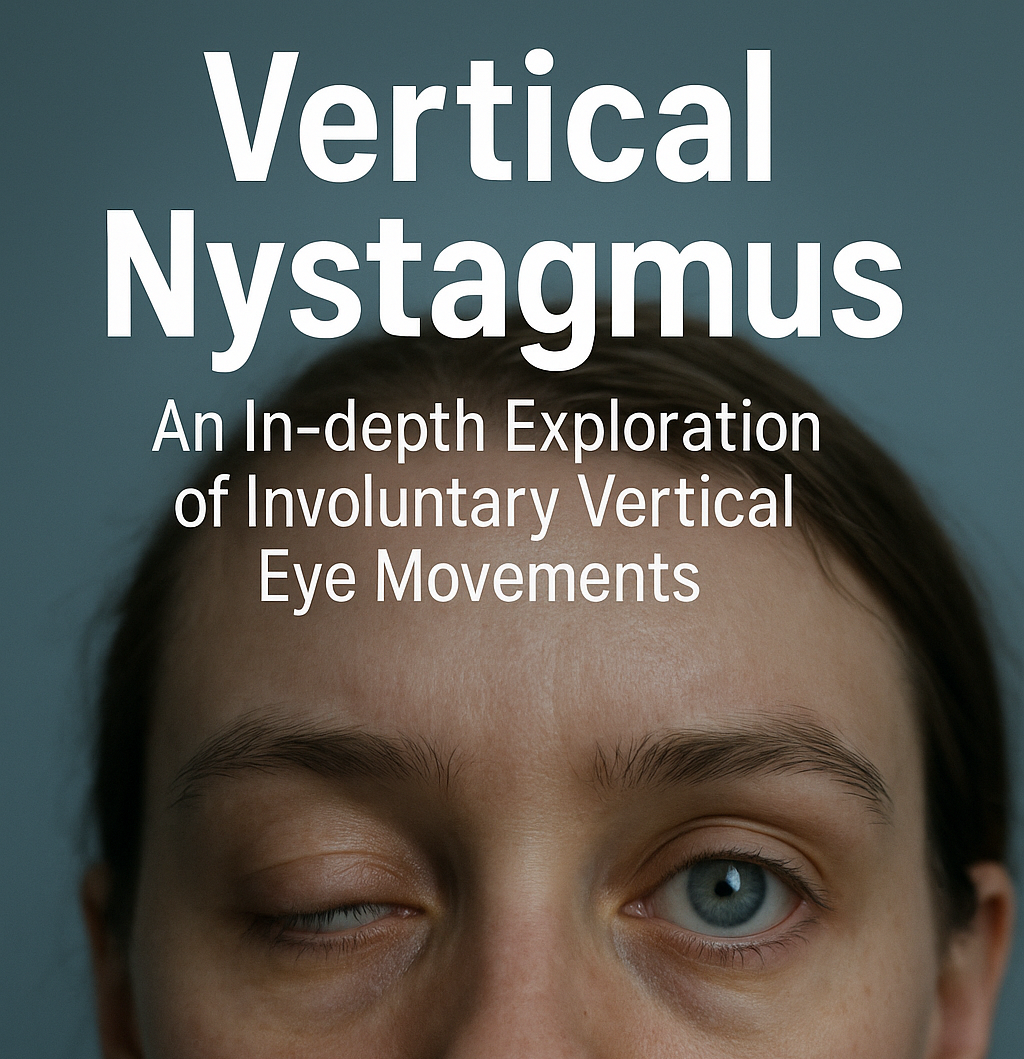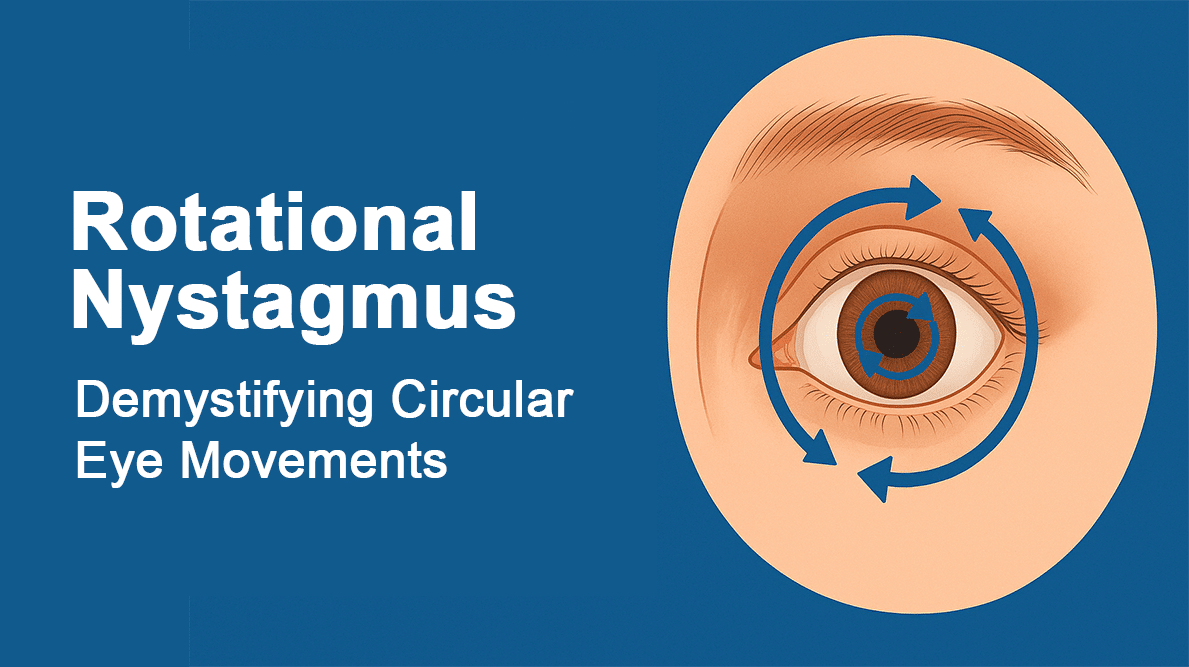
Understanding Congenital Nystagmus in Children: 5 key elements
As a parent, noticing any unusual eye movement in your child can be concerning. One condition that might catch your attention is congenital nystagmus. In this comprehensive guide, we’ll explore what congenital nystagmus is, how it affects children, and what you as a parent need to know to support your child effectively.
What is Congenital Nystagmus?
Congenital nystagmus is a condition characterized by involuntary, rhythmic eye movements that are present at birth or develop within the first few months of life. These movements are often described as “dancing eyes” or “wobbly eyes.”
Key Points:
- Congenital nystagmus typically appears before 6 months of age
- It affects both eyes and usually occurs in all directions of gaze
- The condition is different from acquired nystagmus, which develops later in life
Causes of Congenital Nystagmus
The exact cause of congenital nystagmus isn’t always clear, but it can be associated with:
- Genetic factors
- Underdeveloped visual pathways
- Albinism
- Certain eye disorders like optic nerve hypoplasia
- Neurological conditions
It’s important to note that in many cases, congenital nystagmus occurs without any other associated health issues.
Symptoms and Signs
While the most obvious sign is the eye movement itself, there are other symptoms and signs to be aware of:
- Rhythmic, involuntary eye movements
- Head nodding or tilting to compensate for vision issues
- Sensitivity to light (photophobia)
- Difficulty with depth perception
- Reduced visual acuity
How Congenital Nystagmus Affects Vision
Despite the constant eye movement, many children with congenital nystagmus can achieve good visual function. Here’s what you need to know:
- Adaptation: The brain often adapts to the eye movements, reducing the perception of a moving world (oscillopsia).
- Null Point: Many children develop a “null point” – a specific eye position where the nystagmus is minimal, often leading to better vision in that position.
- Convergence: Looking at near objects (convergence) can sometimes dampen the nystagmus, potentially improving near vision.
- Visual Acuity: While visual acuity might be reduced, many children can achieve functional vision for reading and other daily activities.
Diagnosis and Evaluation
If you suspect your child has nystagmus, it’s crucial to consult with a pediatric ophthalmologist. The diagnostic process typically involves:
- Comprehensive eye examination
- Evaluation of eye movements
- Visual acuity tests (adapted for age)
- Refraction to check for any refractive errors
- Dilated fundus examination to check the health of the retina and optic nerve
- Possible neurological evaluation
- Genetic testing in some cases
Treatment Options
While there’s no cure for congenital nystagmus, several treatments can help manage the condition and improve visual function:
- Corrective Lenses: Glasses or contact lenses can help with any associated refractive errors.
- Vision Therapy: Exercises to strengthen eye muscles and improve control.
- Medications: In some cases, medications might be prescribed to reduce nystagmus intensity.
- Surgery: In specific situations, eye muscle surgery might be recommended to shift the null point to a more comfortable position.
- Low Vision Aids: Various devices can help enhance visual function for school and daily activities.
Living with Congenital Nystagmus: Tips for Parents
- Early Intervention: The earlier the condition is diagnosed and managed, the better the outcomes typically are.
- Regular Check-ups: Consistent follow-ups with your child’s eye care team are crucial.
- Educational Support: Work with your child’s school to ensure they receive appropriate accommodations.
- Encourage Independence: Help your child develop strategies to manage their condition independently.
- Emotional Support: Understand that your child might face emotional challenges related to their condition. Open communication and support are key.
- Join Support Groups: Connecting with other families dealing with nystagmus can provide valuable insights and emotional support.
Latest Research and Future Prospects
Research into congenital nystagmus is ongoing, with promising developments in areas such as:
- Gene therapy for specific forms of nystagmus
- Advanced eye tracking technologies for better diagnosis and management
- Innovative surgical techniques
- Potential pharmacological treatments
Stay Informed with “The Nystagmus Book”
If you’re looking to deepen your understanding of nystagmus and stay up-to-date with the latest research and management strategies, I invite you to check out my book, “The Nystagmus Book.” This comprehensive guide contains all the legitimate, up-to-date information about nystagmus as of 2024, including the most recent research findings and best practices for managing the condition.
In a world where misleading information about nystagmus is unfortunately common, “The Nystagmus Book” offers a reliable, science-based resource. It’s packed with practical tips, the latest treatment options, and insights from my 20+ years of research in the field. Whether you’re living with nystagmus, caring for someone who is, or simply want to learn more about this condition, this book is an invaluable resource.
Conclusion
Congenital nystagmus, while challenging, doesn’t have to limit your child’s potential. With proper management, support, and a positive attitude, many children with nystagmus lead fulfilling lives and achieve their goals. As a parent, your understanding and support play a crucial role in your child’s journey.
Remember, every child with nystagmus is unique. Work closely with your healthcare providers to develop a tailored management plan that best suits your child’s needs.




